KORG MPS-10: Drumming Up a V2 Update!
Nearly a year after its debut, the KORG MPS-10 receives a significant firmware update with plenty of new features.
[26th Sept. 2024] Available now, the new V2 update gives the KORG MPS-10 some great new features and functionality along with refreshed preset kits and more. Let’s take a look at what’s new.
Improved Visual interface and Much More
The first thing users will notice is the new Pad Overview screen, which utilises the MPS-10’s well-sized colour display to show you exactly what sounds are where. There’s also new functionality for the CC Pads that allow for CC effects such as Mod Delay, Chorus and Tape Delay.
Support now exists for both 16bit and 24bit WAV files at 44.1kHz and 48kHz. The touch sensitivity of the pads has been improved for more nuance when playing and recorded loops can now be converted directly into new instruments.
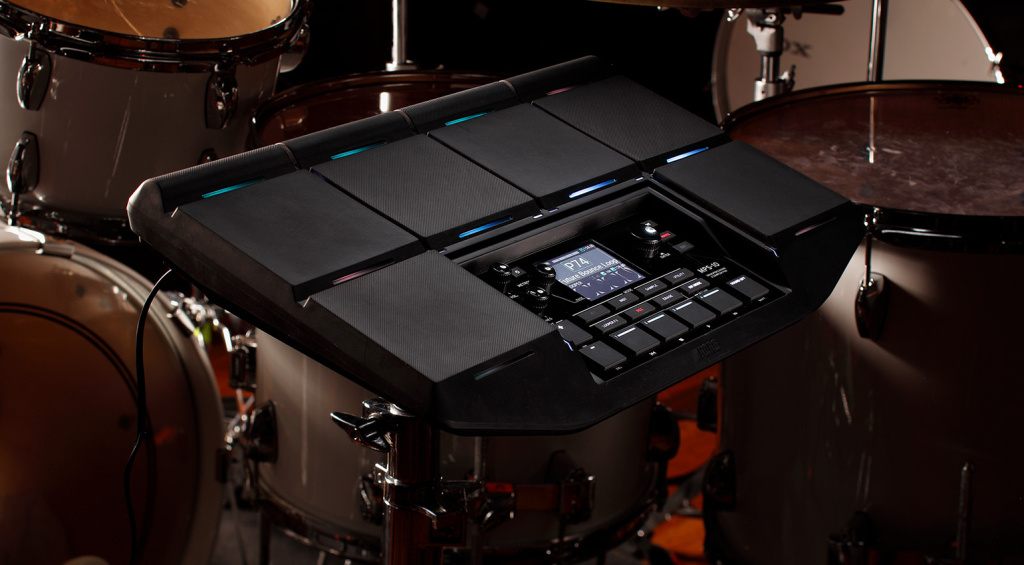
There’s a new preview function for auditioning sounds and you can now connect external MIDI controllers via the MPS-10’s USB-A port on the rear. There are also improvements to the web-based editor that allows for even more detailed editing and set-up of your unit.
The V2 update for the MPS-10 is available for free and can be downloaded directly from KORG.

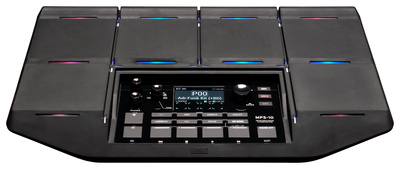
KORG MPS-10: Taking the Fight to the SPD-SX
[21st Nov. 2023] KORG enters the world of drum/percussion pads with the MPS-10. Can it compete with already established units or is it a case of ba-dum, tish?
KORG MPS-10
The world of multi-pad drum and percussion units has been dominated for many years by Roland. Alesis also have skin in the game. Until now, KORG’s efforts in the world of stick-playable electronic drums have been more esoteric with things like the WaveDrum. So it is interesting to see them enter this market with the MPS-10. These types of units have a multitude of uses. Drummers can attach this to their acoustic kits for some variety. Percussionists can do much the same. Many people use these as MIDI trigger inputs and others simply as a standalone drum/percussion pad.
The Hardware
As its name suggests, the MPS-10 has ten velocity-sensitive pads. Six are of the square variety and occupy the main playing area. There are four smaller pads across the top edge that KORG call CC Pads allowing, they say, control over other parameters such as filter cutoff. This allows the user to manipulate sounds without dropping their sticks. Front and centre of the MPS-10 is the user interface. As soon as I saw this I had nightmarish visions of over-enthusiastic drummers smacking that centre console and causing some irreparable damage mid-gig. It does seem odd to have these controls surrounded by pads.
The rear of the MPS-10 sports a range of I/O options that includes stereo audio out, headphones, a pair of sub-outs, Line and Mic in for sampling, two dual-zone trigger inputs, a pair of footswitch sockets and one for an expression pedal. There is a solitary 5-pin MIDI Out port, a USB to-host port and a USB socket for a USB drive containing your own samples. The omission of a regular MIDI In port is odd. One assumes MIDI In and Out can be accessed via the USB port. Whilst this is a performance device, I’d still like to be able to trigger sounds via MIDI.
All of this is packed into a sturdy case with a backlit LCD which is ideal for live use. Each of the pads has a colour-coded LED bar.
Under The KORG MPS-10 Hood
The MPS-10 comes with a pretty impressive set of specifications. 3,000 samples, 2,358 instruments and 200 kits, 100 of which are for user kits, can be spread across 48 notes of polyphony. There are 77 different effects to choose from, which can be assigned across 1 master reverb, 1 filter, 1 main effect and 2 inserts per kit. Users can sample into the MPS-10 directly. They can also import from a USB drive or from a computer over USB. There is 32GB of internal memory to store all of this.
Users can import WAV and AIFF file formats at either 44.1 or 48kHz, 16-bit with a maximum length of 60 minutes.
The MPS-10 features a 4-track looper which has its own effects section, track sync and an export function for individual tracks. Other useful features include a set list function so that players can arrange kits in order. Smooth Sound Transition (SST) allows patches to ring out when swapping to a new kit. This avoids embarrassing note cut-offs and is a welcome feature. KORG throw in a useful software editor too.
First Thoughts
It’s great to see another option in the multi-pad market. The street price will likely be lower than the MSRP of €1,099 and that will get it in the same ballpark as the Roland SPD-SX. Feature-wise, they’re both much the same. So buyers will now have a choice to make and decide which one best suits their needs. But both of these machines are a little bit more than the competition from Alesis, Clavia and Yamaha, the latter two of which don’t have sampling.
The MPS-10 represents a serious challenge to the establishment at a sensible price. I’m still just a little worried about that centre console though!
More Information
The KORG MPS-10 is available to pre-order now with shipping expected in January 2024. The MSRP is €1,099. KORG can also supply the MP-1, a die-cast aluminium holding plate that allows for mounting on a drum rack or other suitable stands. This has an MSRP of €33.


2 responses to “KORG MPS-10: Drumming Up a V2 Update!”
 4,1 / 5,0 |
4,1 / 5,0 | 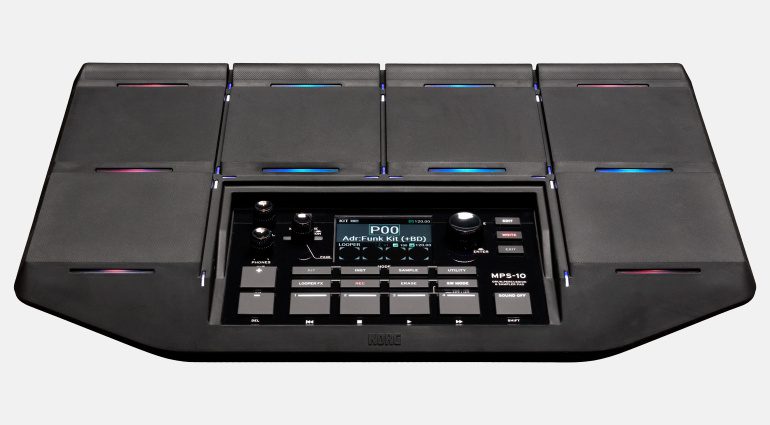
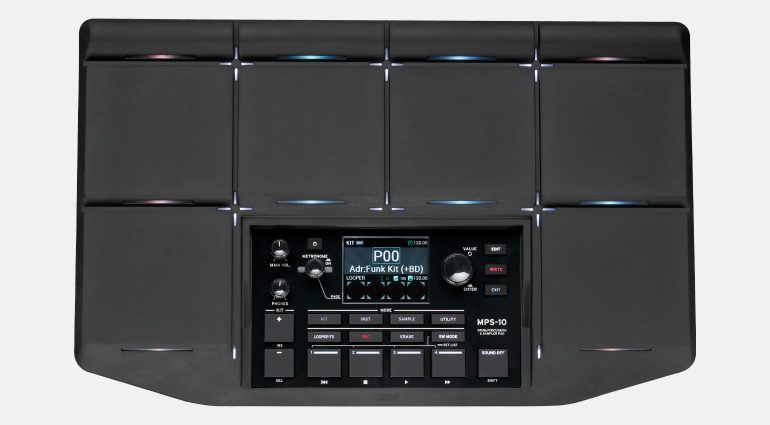
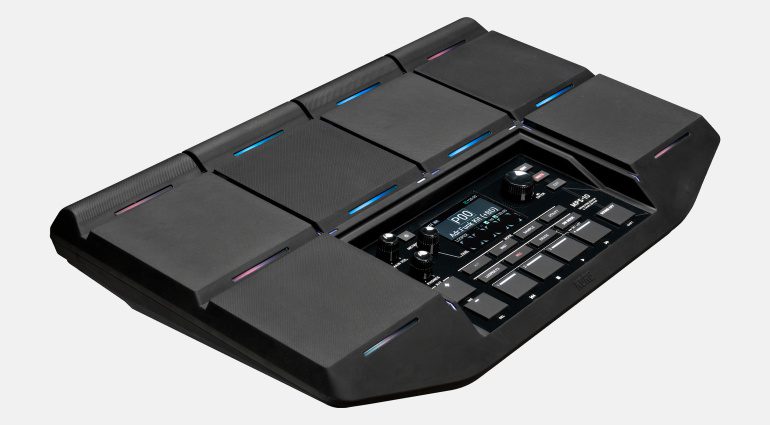

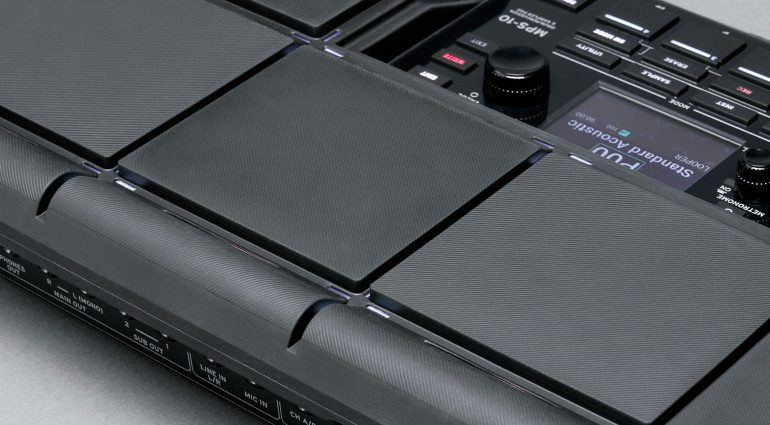








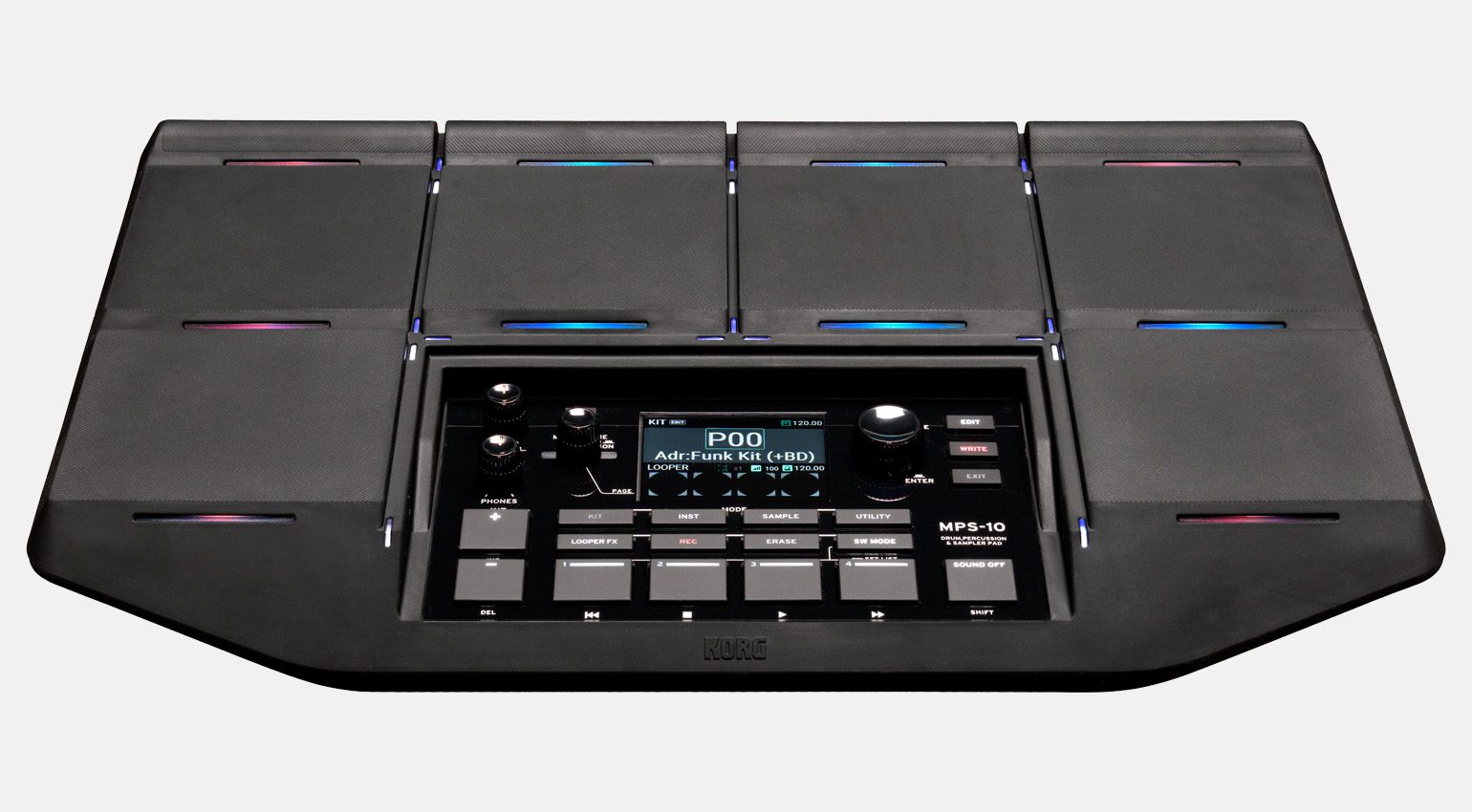

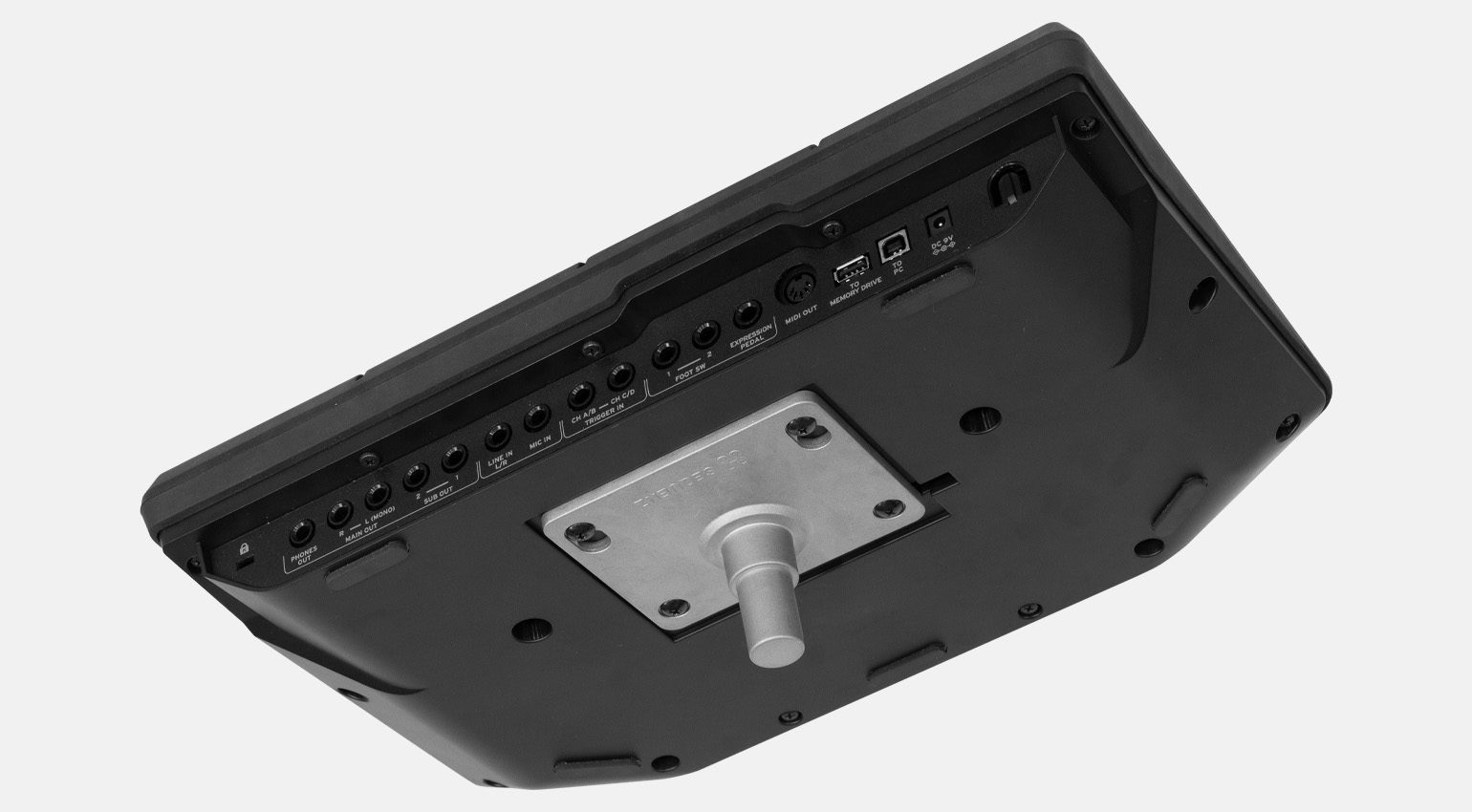



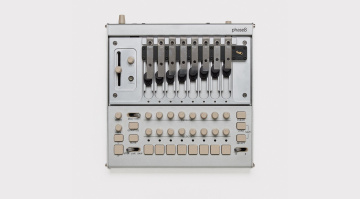
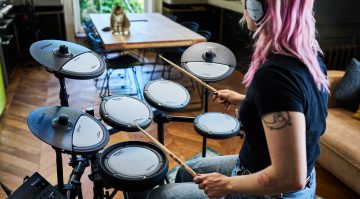
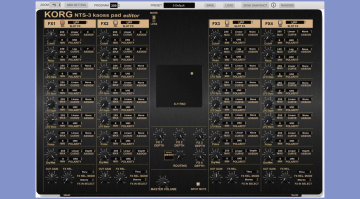

This doesn’t seem designed by a drummer. Drummers KNOW that every now and again their stick position might drift a bit, especially when playing it and a kit at the same time… and that center console’s got a bunch of super critical buttons, knobs and displays on it.
Take a look at that Nord above (the Drum 3P)… now THAT was designed by a drummer!
Same with the Octapad, but I ordered the MPS anyway. Ship it Korgs!